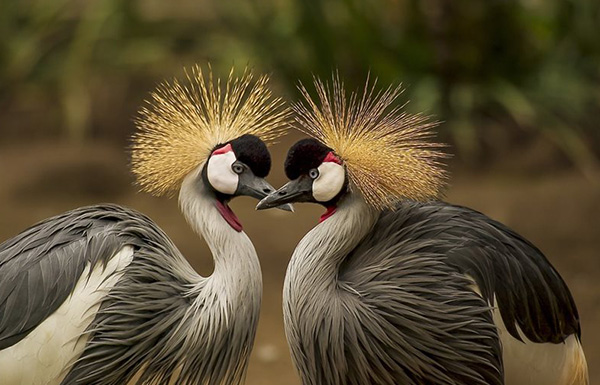Tactile communication in animals is really important for interaction. Animals use touch to show their feelings, form bonds, and send important messages. This kind of communication helps them survive and do well in their environments. Unlike humans, animals don’t rely on spoken words. Instead, they use different ways of touching to connect with each other, and also to make sure the well-being of one another.
Discover this article to understand tactual medium and how it works with different animals.
Tactile Behaviors in Different Animals
Primates
Primates use touch extensively. Grooming is a primary tactile behavior. It helps maintain hygiene and builds social bonds. When one monkey grooms another, it reduces stress and strengthens their relationship. Primates also hug and hold hands to show affection and support.
Elephants
Communication in elephants relies heavily on touch. They use their trunks to caress and reassure each other. Trunks are also used to guide and protect their young. By touching and intertwining their trunks, elephants communicate emotions and intentions. This tactile language is crucial for maintaining their close-knit family structures.
Cats and Dogs
Cats scratch people and things to lay down their scent and for companionship. Whereas, dogs, on the one hand, paws and nudge to gain attention or to communicate the need for something. These behaviors enrich the relationship between the pets and the owners, hence becoming beneficial.
Insects
Even insects use haptic interaction, although differently. For instance, ants have antennae, and through them, they feel and communicate both about food and sources. Moreover, they use their antennae to predict risks to life. Another aspect of touch is seen in bees, which depend on the waggle dance to show the other bees the food.
Evolutionary Advantages of Tactile Communication
Survival and Reproduction
Tactile contact can enhance survival by facilitating cooperation in hunting, protecting the young, and navigating social hierarchies. During mating seasons, touch plays a crucial role in courtship behaviors and selecting mates.
Coordination in Group Activities
In species that hunt or migrate in groups, tactual interaction helps in coordination. For example, wolves use gentle nudges and nips to direct pack members during a hunt, ensuring their movements are synchronized.
Tactile Communication in Animals vs. Visual Communication in Animals
Tactile communication in animals is essential, but it works with visual signals, too. For example, dogs wag their tails and change their posture while they use touch to communicate. This mix of touch and visual signals helps them share messages more clearly.
The Role of Tactual Communication in Conflict Resolution
Tactual communication helps animals resolve conflicts. For example, primates touch each other to calm down after a fight. Similarly, elephants use gentle trunk touches to make up after disagreements. These touches help prevent fights from getting worse and keep groups peaceful.
Enhancing Human-Animal Interactions
Understanding tactile communication in animals helps us interact better with them. When we notice and respond to their touch, we build stronger relationships with pets and wildlife. For example, petting a cat when it rubs against us shows we care and makes it feel safe. Similarly, giving attention to a dog when it nudges us improves our bond.
Conclusion
Animals use their sense of touch to bond, talk, and solve problems. When we understand and respect how animals communicate through touch, we can have better relationships with them.
